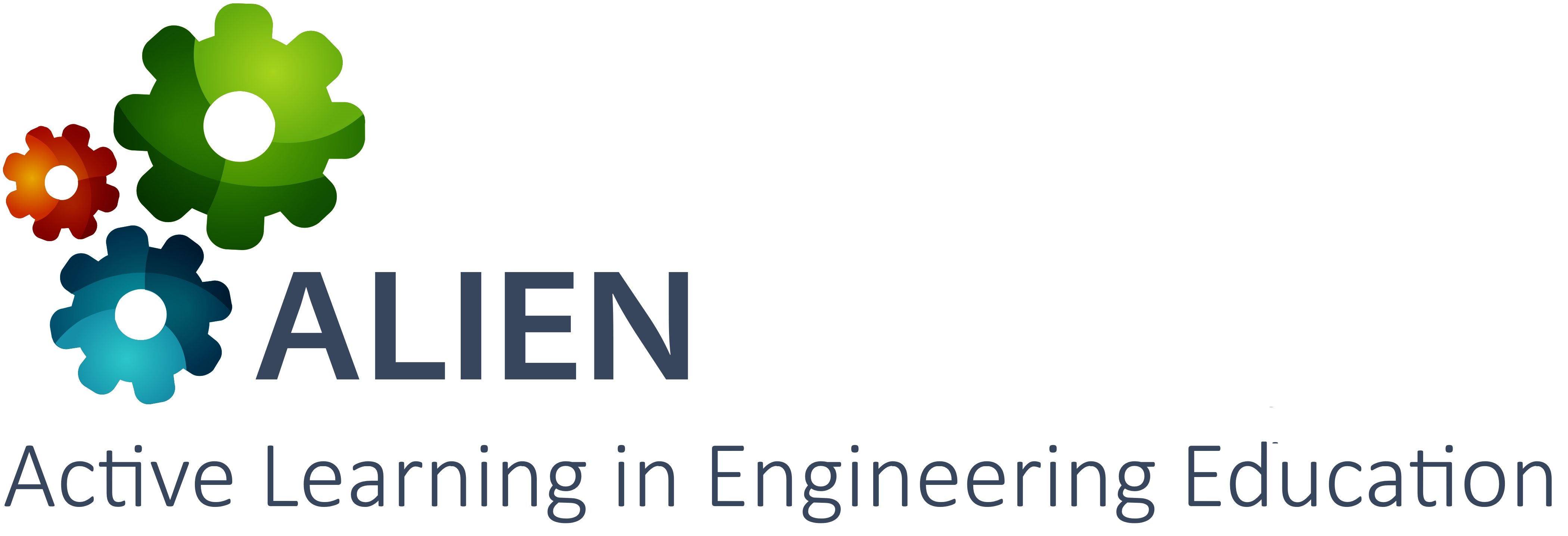Course description
The course is a basic introduction course in discrete mathematics concepts of objects and their relationships. This course aims to introduce students to the basic concepts of mathematical structures that are fundamentally discrete. The objects studied in discrete mathematics – such as logic, sets, functions, number theory, induction, combinations and permutations, graphs, recurrence relations, theoretical principles of cryptography, and trees. The course is mostly theoretical and takes place in an amphitheater. However, it is one of the key courses that builds problem-solving capacity, critical, and analytical thinking. The curriculum is designed to build fundamental knowledge that is of use in other courses in the curriculum. Knowledge developed in this course is applied in algorithms, programming, networks, cryptography, and other IT principles.
Description of the participants
The course is obligatory in the 1st year of undergraduate studies at the Department of Electrical and Computer Engineering of the University of Thessaly. Approximately 180 students are engaged in the course. This is an introductory course on problem-solving.
Timeframe
Spring 2019
Description of active learning activities
Discrete Mathematics is a completely problem-based learning course. Students solve problems in the class in all lectures. Most of the activities are solved through pen and paper. However, in the context of the ALIEN project some activities, such as the classic “The Tower of Hanoi puzzle” that students are exposed to in the context of recurrence relations have been implemented in digital form. The digital application allows students to explore potential solutions to the puzzle through experimentation before introducing a formal mathematical solution. This activity aims to demonstrate the links between discrete mathematics and programming. The activity may be used more generally in activities aimed to build problem solving capacity. It challenges students to analyze a problem and experiment with potential solutions while striving to arrive to a solution formula. It furthermore addresses issues related to solution optimization. As s second step, students are called to program a solution to the puzzle, which typically takes place in the context of programming courses.
Other classic problems introduced in the course that demonstrate links with other curriculum courses, such as programming, include the finding a recurrence relation for the Fibonacci sequence, counting the number of paths in the classic travelling salesman problem, counting available internet addresses, calculating shortest paths in graphs (a problem related to programming and algorithms), and more.
The ALIEN project has provided an opportunity to publish well known problems for the benefit of all. In addition, it provided an opportunity to implement digital solutions to problems such as the Tower of Hanoi.


